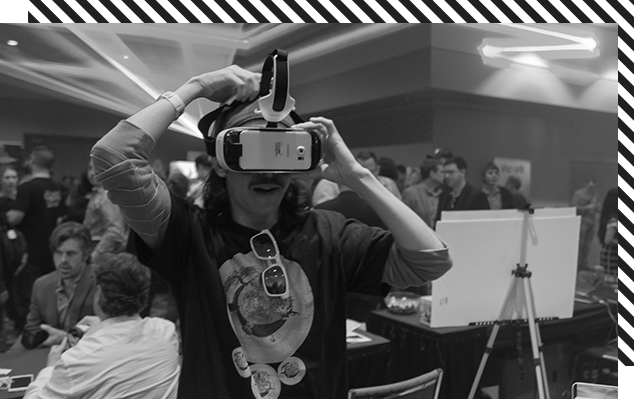18 Ene 10 Signs of Drug Abuse, Use, or Addiction- Cirque Lodge
Content
This syndrome is characterized by physical and mental birth defects. This is currently more commonly referred to as fetal alcohol spectrum disorder. There are several “disease models,” but addiction is widely considered a complex disease with biological, neurobiological, genetic, and environmental influences among clinical scientists. Psychoactive substance that decreases levels of physiological sober house or nervous system activity in the body decreasing alertness, attention, and energy through decreased heart rate, blood pressure, and respiration rates. Informally referred to as “downers” (e.g., alcohol; benzodiazepines, barbiturate). The intimidation of a victim to compel the individual to act against his or her will by the use of psychological pressure, physical force, or threats.
Many advocate instead to use “medication” or “non-medically used psychoactive substances” to decrease stigma and communicate with greater specificity. A legal right for an insured individual, their provider, or an authorized representative to seek relief against a health plan or third party determination to deny or limit payment for requested behavioral or medical treatment and services. The practice of sending individuals with substance use disorder to treatment centers or rehabilitation facilities outside of their states of permanent residence. Acceptance and Commitment Therapy (ACT; pronounced like the word “act”) is a cognitive-behavioral approach used in the treatment of substance use disorders that is based on the concepts of acceptance, mindfulness, and personal values.
The Role of the Primary Care Clinician Throughout
During recovery, help and accountability from friends and loved ones may also be needed. In people with addiction, dopamine receptors activate and tell the brain that drugs are rewards. Over time, the brain changes and adapts as it becomes dependent on the substance being used.
What is the time of recovery?
Generally, Recovery Time is defined as the time for a sensor to return to baseline value after the step removal of the measured variable. Usually specified as time to fall to 10% of final value after step removal of measured variable.
Depending on the severity of the SUD, the substance or an alternative may be tapered off to lessen the effects of withdrawal. You can go through detoxification in both inpatient and outpatient settings. Treatment is highly individualized — one person may need different types of treatment at different times. With physical dependence, your body has adapted to the presence of the substance, and withdrawal symptoms happen if you suddenly stop taking the drug or you take a reduced dosage. A person can have more than one substance use disorder at a time, such as alcohol use disorder and cocaine use disorder. Through group and individual counseling sessions, spiritual direction, holistic work therapy, and life-skills development, program participants learn to overcome problems, including abandoning substance reliance.
Directories of Local Substance Abuse Treatment
The ability of one drug to prevent the withdrawal symptoms of one’s physical dependence on another. The contingency management (CM) approach, sometimes also referred to as motivational incentives, the prize method, or the carrot and stick method. It is based on the principle of operant conditioning – that behavior is shaped by its consequences. A conceptual understanding of addiction that focuses on the genetic or other biological pre-determinants or risks for developing and/or maintaining a substance use disorder. A class of psychoactive drugs that act as minor tranquilizers producing sedation and muscle relaxation, and sleep; commonly used in the treatment of anxiety, convulsions, and alcohol withdrawal.
How do you know if someone is in recovery?
- Not drinking too much.
- Not using street drugs.
- Not experiencing cravings.
- Taking care of mental health.
- Coping with problems without turning to drugs/alcohol.
- Feeling emotionally stable and secure.
- Feeling like a worthwhile person.
- Taking care of physical health.





No Comments